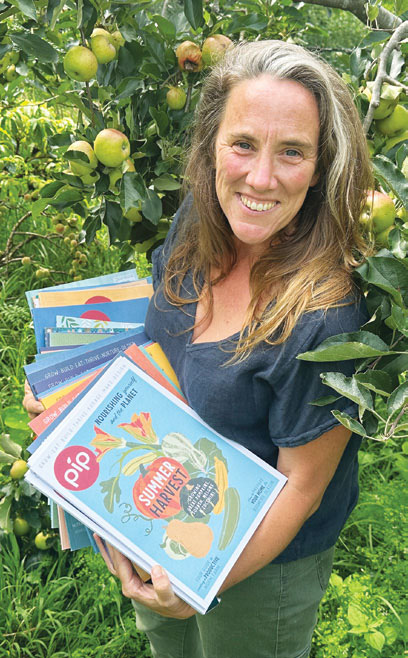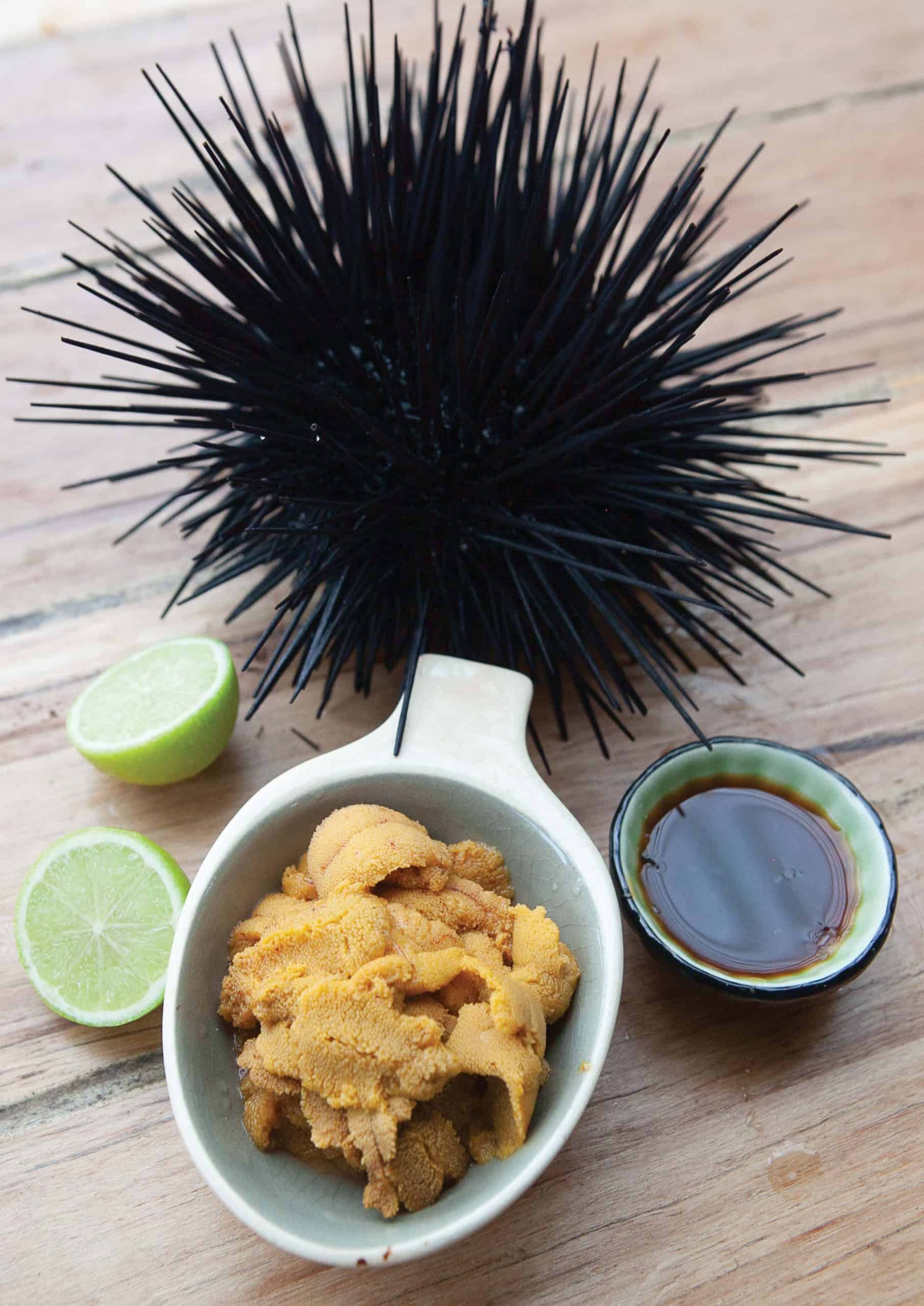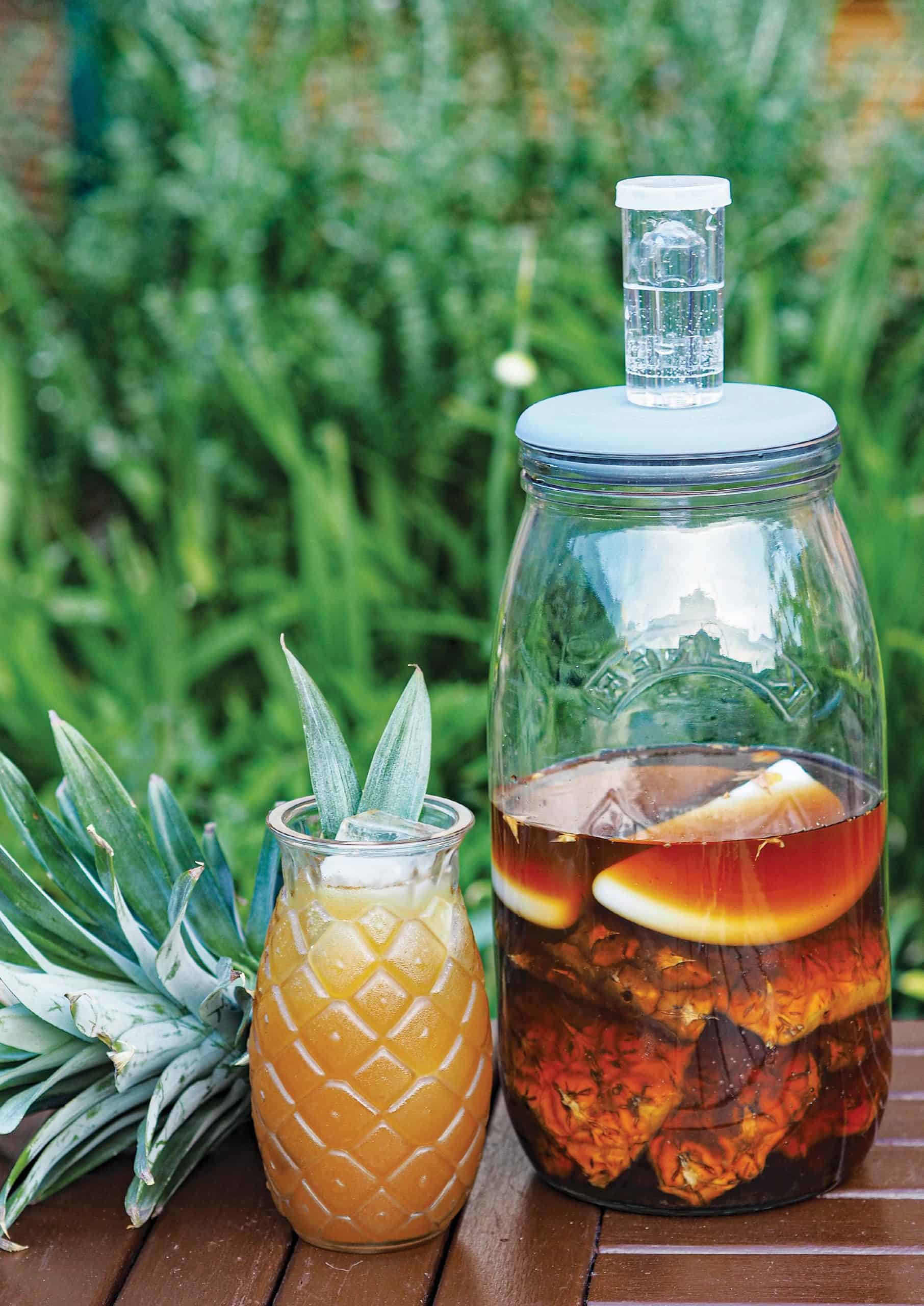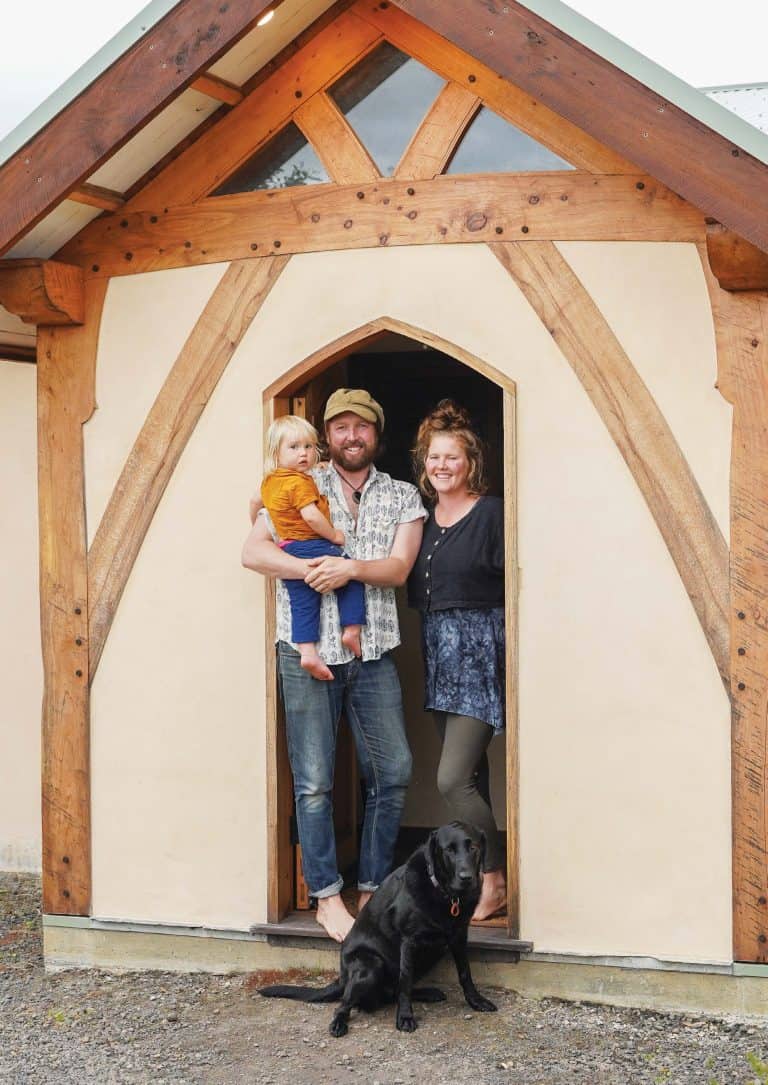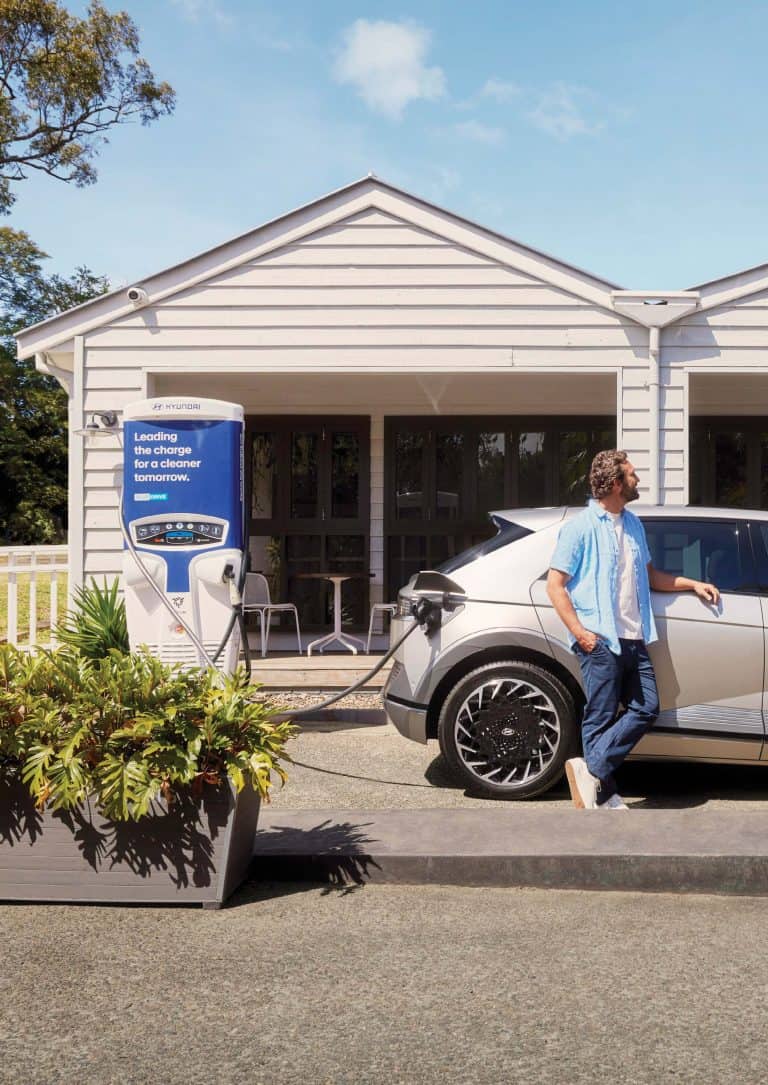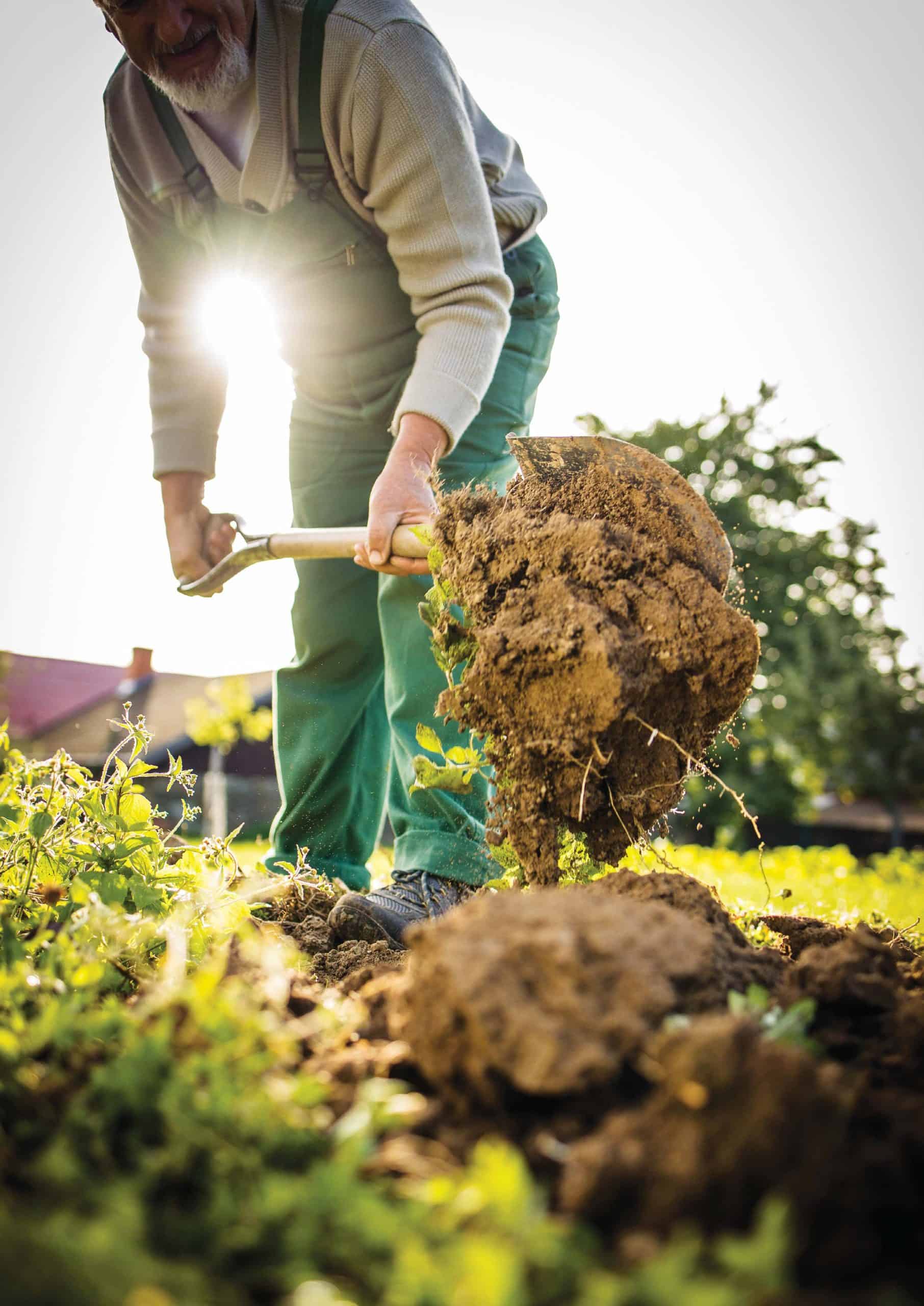PIP PARTNER – How Now Dairy
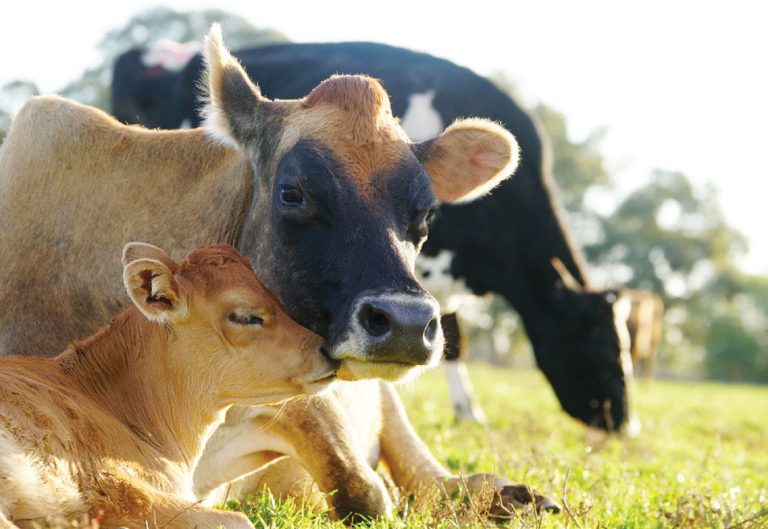
Five years ago, music industry executive and animal activist Cathy Palmer had never stepped foot on a dairy farm. Today, she’s the owner of an ethical dairy that’s not only practising regenerative techniques and following organic principles, but is the only dairy in Australia which allows cows and their calves to stay together after birth.
How Now Dairy is 64-acre farm in northern Victoria pushing back on the widely used practice of separating dairy cows from their calves 24 hours after birth. While cows need to give birth to a calf in order to produce milk, according to Cathy, something in the region of half a million five-day-old calves are sent to slaughter every year in Australia alone, all in the name of cheaper milk prices.
A dedicated animal activist, Cathy hasn’t eaten meat since she was a child, but she credits a chance conversation with a friend shortly after becoming a new mum that set her on a path of going against the accepted traditions of dairy farming in this country and introducing a more ethical way of caring for livestock.

